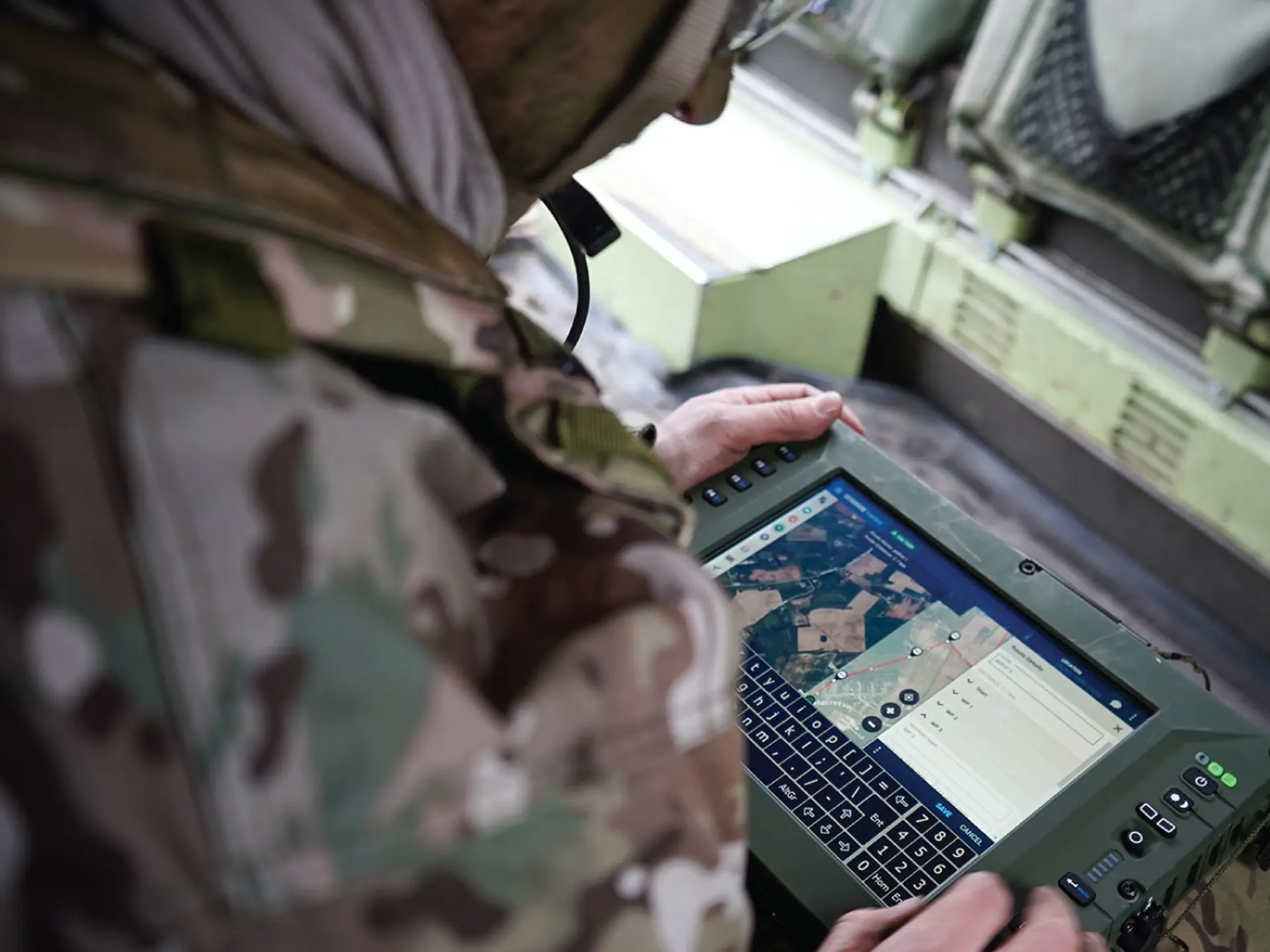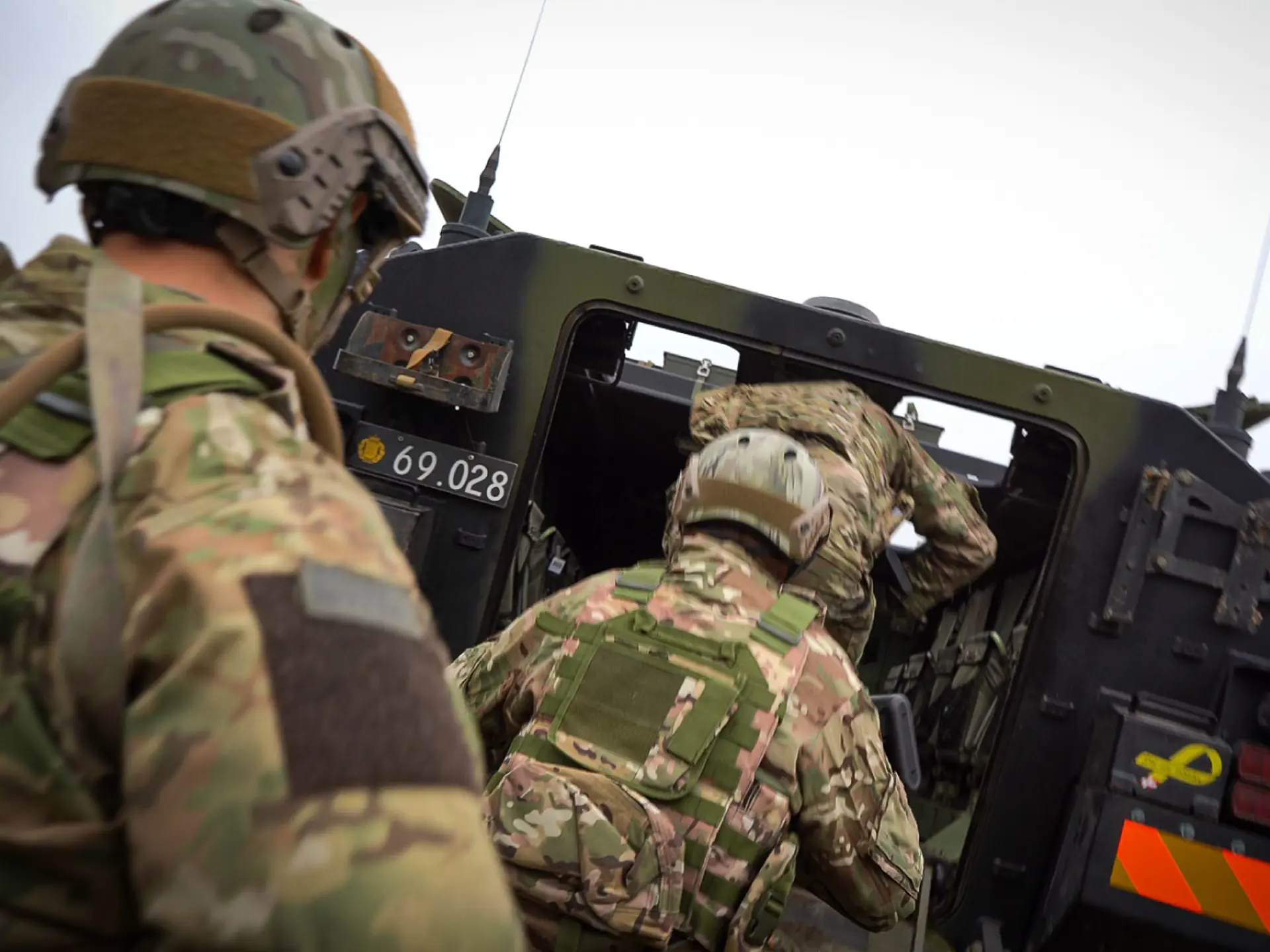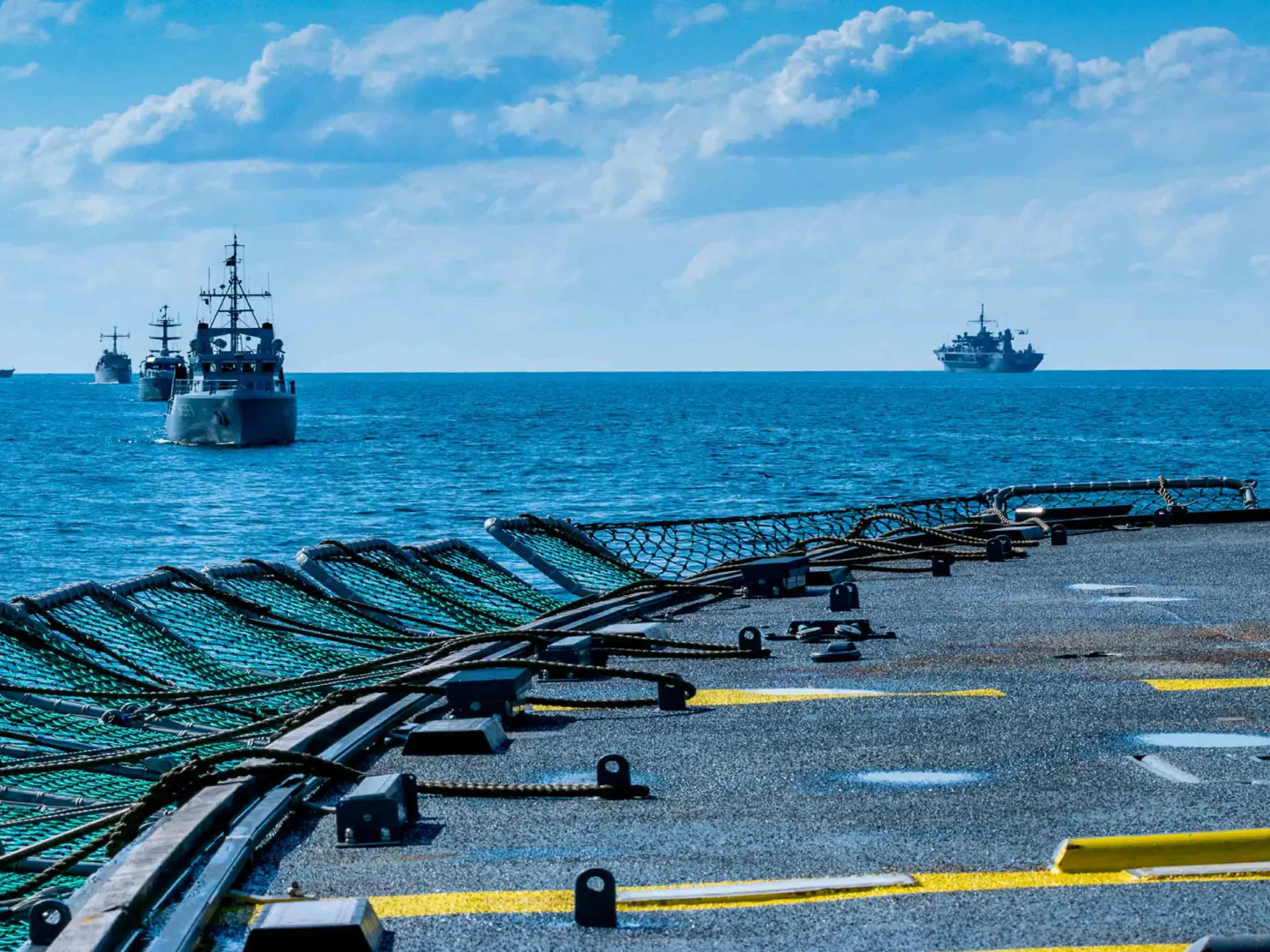Knowledge = power
Knowing thy enemy is the foundation for any military offensive, making intelligence gathering one of the elementary keystones in warfare. In this Information Age, the sheer breadth of available data only increases the scope of the information advantage that can pivot the odds in your favour.
One key asset that can provide a wealth of insight is video, which has long been used to record events in war from the trenches of the World Wars to the conflict in Ukraine, all played out across news and social media channels. And as video is everywhere, and used by everyone, the ability to capture events is ever more possible with the continuing advent of technology.
In providing this ability to see events both during and after they happen, video gives warfare commanders a vital insight into realtime activity without the need to be physically present; a key provision for informing battlefield decisions.
Mass global surveillance
In this 21st century digital world, it is possible to derive video feeds from a multitude of sources – from phones, laptops and security cameras to body armour, vehicles, and drones. Depending on where these cameras are installed, some can provide up to 360-degree coverage of a given area.
The range of information extracted from these feeds can provide forces with the ability to know exactly what is happening at any given moment, informing military planning and directing operational activity.
As well as providing intelligence data for forces during a conflict, video can also give an historical record and evidential data for battle damage assessments.
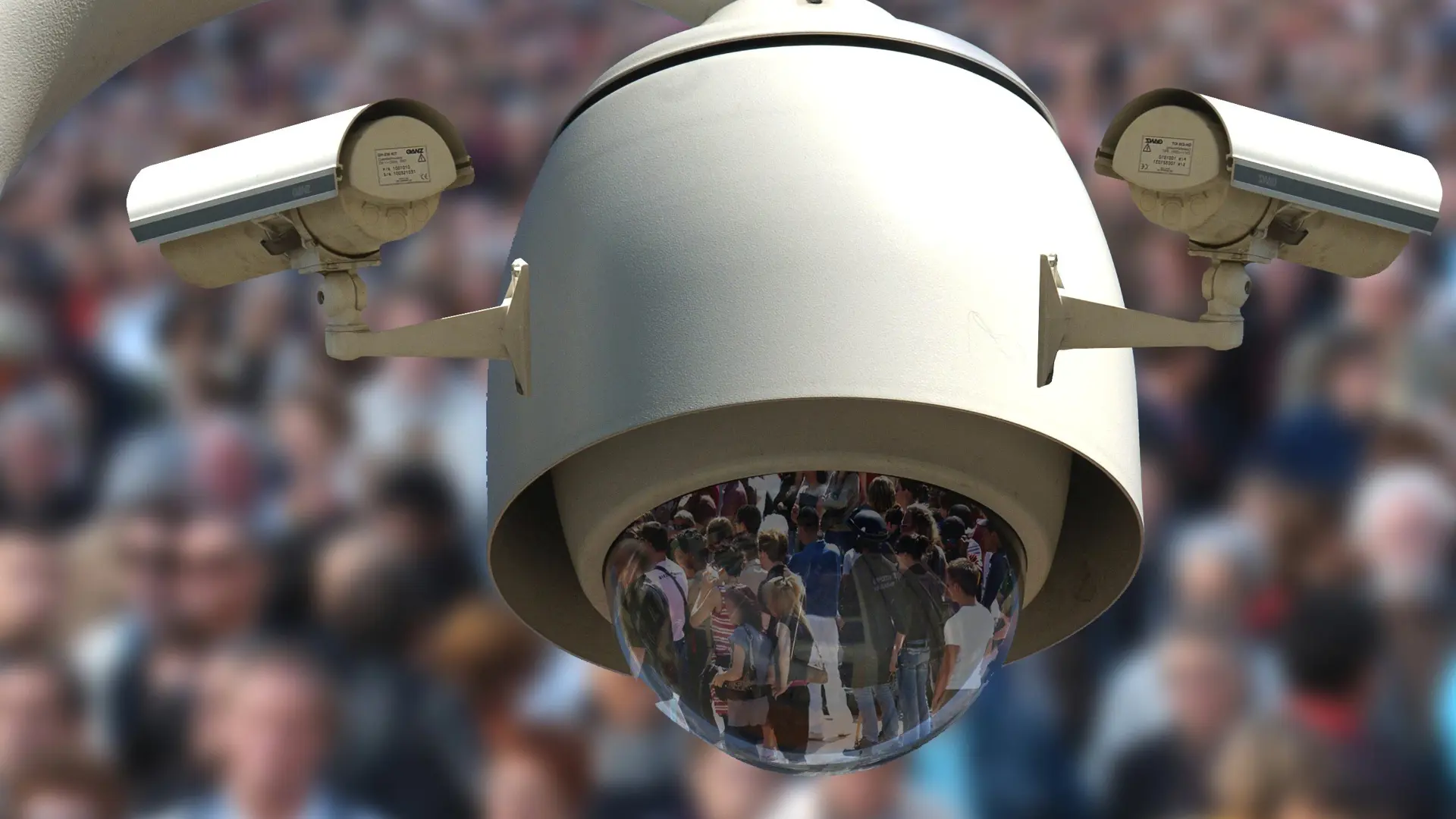
Modern conflicts often use drones which can be used to gather information on activity behind enemy lines such as movements of forces or exposure of vital logistic supply lines.
Used regularly in conflict, remotely operated drones provide an instantaneous live feed, ensuring that forces have complete situational awareness which encompasses all aspects of the battle arena.
The ability to then share this information across all echelons of command is imperative – for commanders at the strategic, operational, and tactical level this type of intelligence data is crucial when it comes to decision-support.
Cameras are increasingly common
Operational feeds at your fingertips
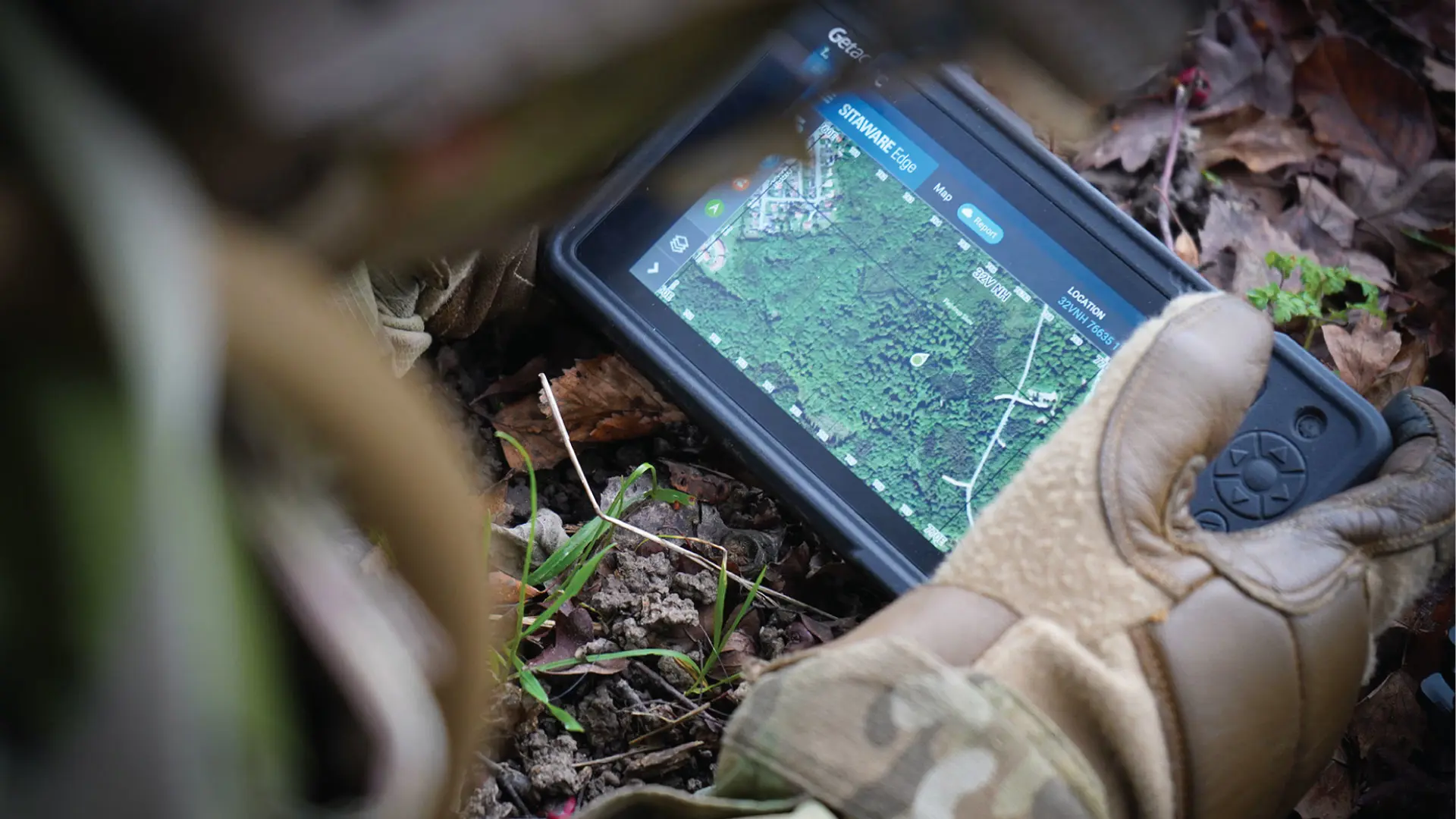
While video provides an optimal insight into an area of operations, the fact remains that a raw file is still very large. This presents a problem with being able to share that data throughout the command chain – most mobile units, whether land, sea or air, will not have the ability to download huge files away from direct wifi provision.
This means that often personnel at a headquarters, while watching a video feed, will have to relay information by voice over radios. This runs the risk of events moving on before both an understanding is reached, and action can be taken.
Yet as technology advances, this problem may soon become a thing of the past, as it is now possible to have video feeds linked directly to a mobile device if enabling software is installed. This ability to connect to any given camera provides personnel with immediate insight into operational activity. Further advances mean it is now also possible to take a snapshot from a video and share this across remote teams.
In this way, intelligence derived from the video to be shared across all levels of command – from mounted to dismounted – without having to share the video itself. Moving imagery can also be recorded to allow for further analysis or to document a particular activity. This can then be fully offloaded once personnel are back at headquarters or connected to a larger bandwidth.
This capacity to share video across all domains can provide operational commanders with the comprehensive situational awareness they need to conduct well-informed operations. With a picture being worth a thousand words, the viewing of video also save on crucial factors such as time and resources.
Coming soon...
As developers continue to work to improve the ability to share intelligence from video feeds it will also soon be possible to both report and view new symbols on a live video feed.
This could include elements such as friendly force tracks or enemy reports, giving all operators access to the same universal information – which is immediately evident and understood by all.
Timestamps from the video feed and the location of the camera itself will also be able to be added onto the feed; all extra elements that can build up a strong picture for the commander.
Finally, additional streaming protocols are expected to be added based on common requests from military operators.

